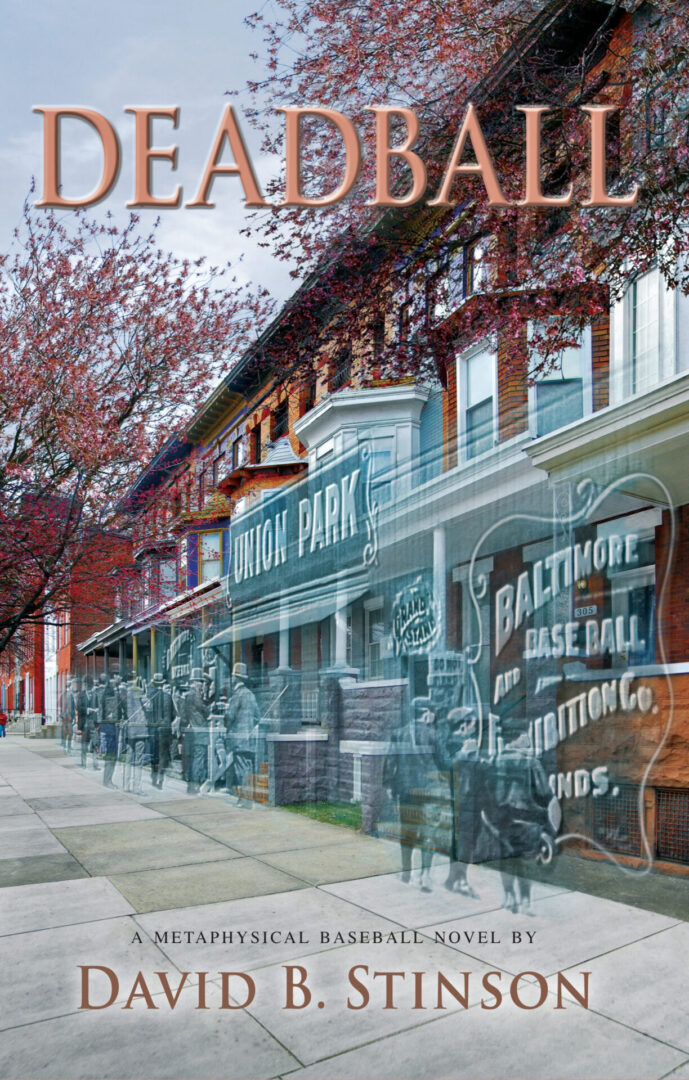Kansas City’s Municipal Stadium was the primary sports venue for the city for 50 years. Opened in 1923, the ball field was home to both major league and minor league baseball, as well as Negro League baseball and professional football.
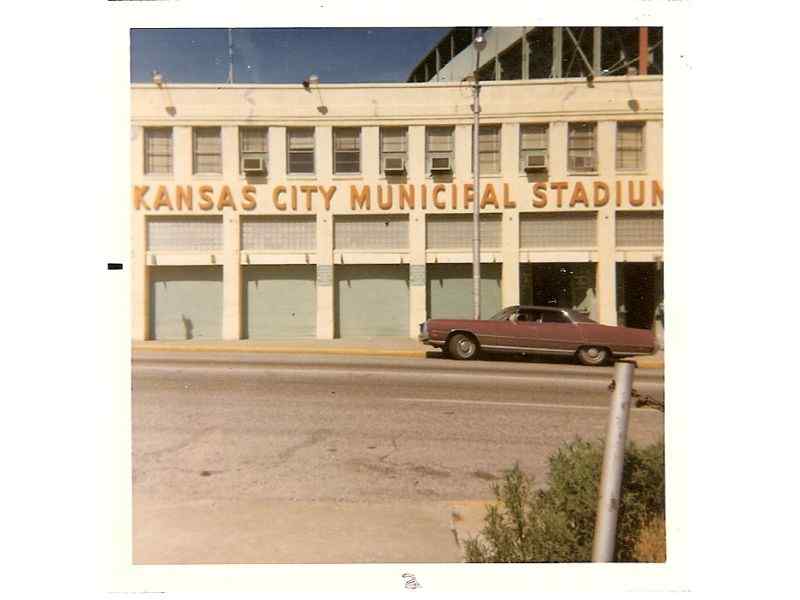
At first a single-deck stadium, from 1923 to 1937 the ballpark was known as Muehlebach Field, named after George Muehlebach, owner of the American Association Kansas City Blues who played there. Municipal Stadium was located at the intersection of Brooklyn Avenue and 22nd Street, just five blocks southwest of the Blues previous home, Association Park (at 20th Street and Prospect Avenue), which is now a public park.
The Negro National League Kansas City Monarchs, formed in 1920, also played their home games first at Association Park and then, beginning in 1923 at Muelebach Field. The first Negro League World Series was played at Muehlebach Field in 1924, pitting the Monarchs against the Eastern Colored League Hilldale Club.

In 1937, the Blues became an affiliate of the New York Yankees and the Muehlebach Field was renamed Ruppert Stadium, after New York Yankees owner Jack Ruppert. The Monarchs, who were an independent Negro League team from 1932 to 1936, and members of the Negro American League beginning in 1937, continued to play their home games at Ruppert Stadium.
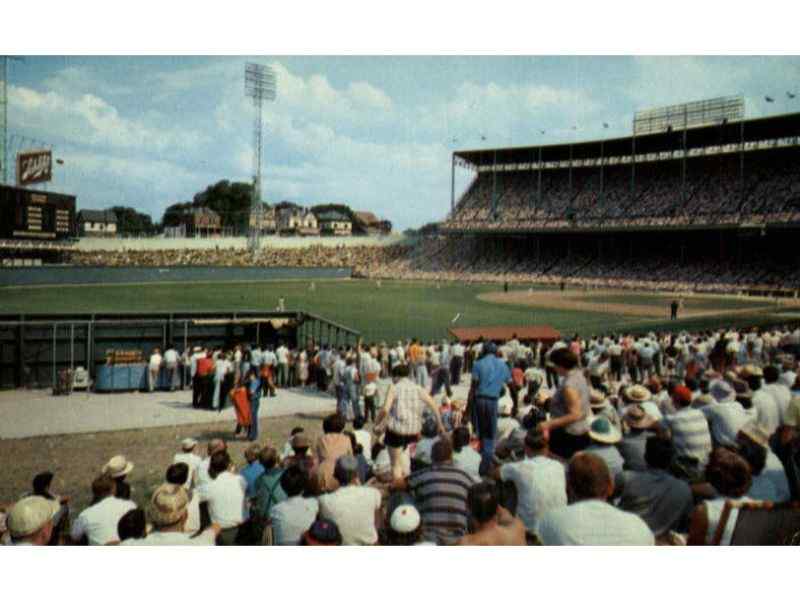
Ruppert Stadium was renamed Blues Stadium in 1943, and in 1954 was renamed Municipal Stadium with the departure of the Kansas City Blues for Denver, Colorado, and the relocation of the American League Philadelphia Athletics to Kansas City for the start of the 1955 season. The stadium, which now was owned by the city (hence the name “Municipal Stadium”) underwent a major renovation, including addition of a second deck and expanded seating. The scoreboard from Braves Field in Boston (sold after the Braves departed for Milwaukee in 1953) was moved to Kansas City and installed in right field.
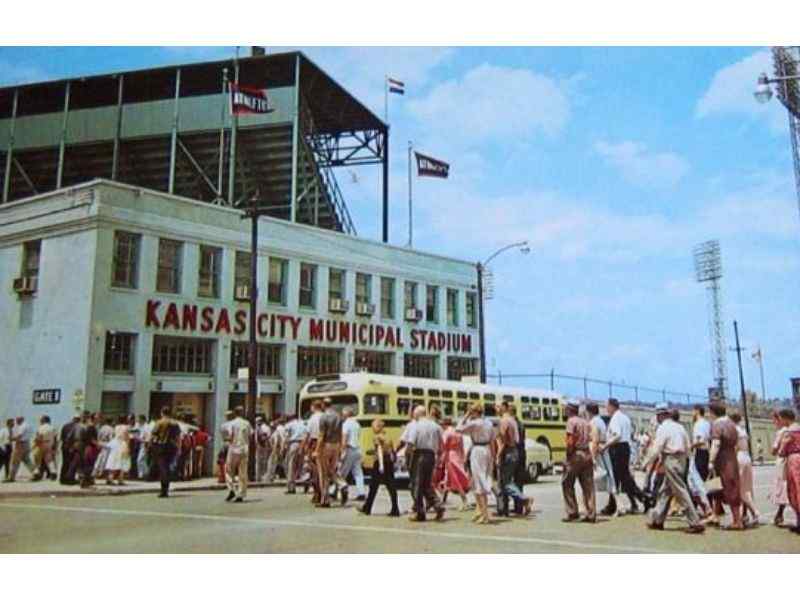
Starting in 1963, Municipal Stadium was the home field for the American Football League Kansas City Chiefs (the Chiefs joined the National Football League in 1970). The Chiefs played there through the 1971 season.
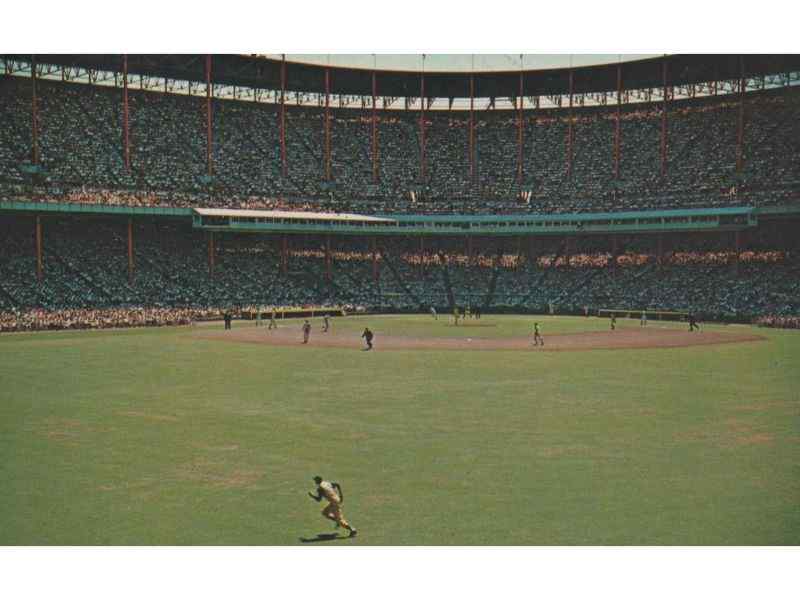
The Kansas City Athletics departed for Oakland after the 1968 season and, in 1969 the American League Kansas City Royals began play at Municipal Stadium. The Royals departed Municipal Stadium after the 1972 season for Royals Stadium (renamed Kauffman Stadium in 1994), a brand new ballpark located six miles southeast of Municipal Stadium.
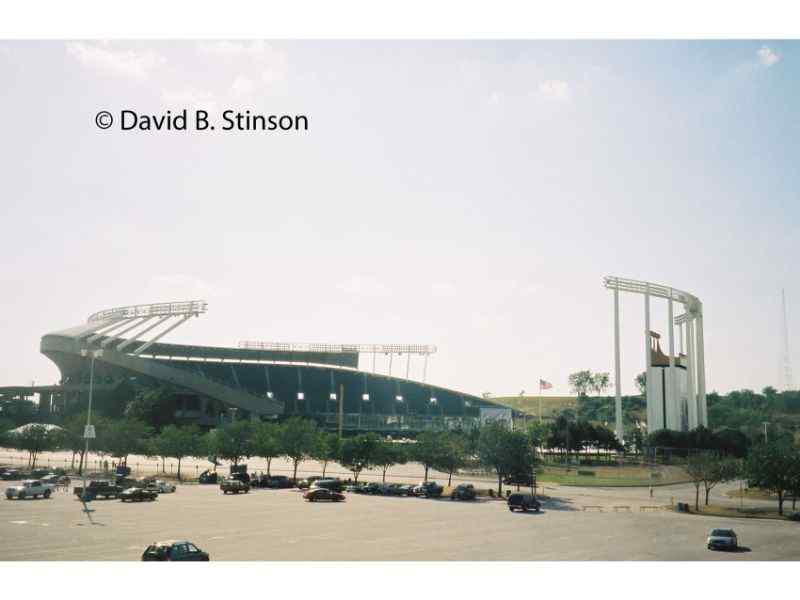
Municipal Stadium was razed in 1976. At the intersection of 22nd Street and Brooklyn Avenue is a small public park dedicated to the memory of Municipal Stadium.
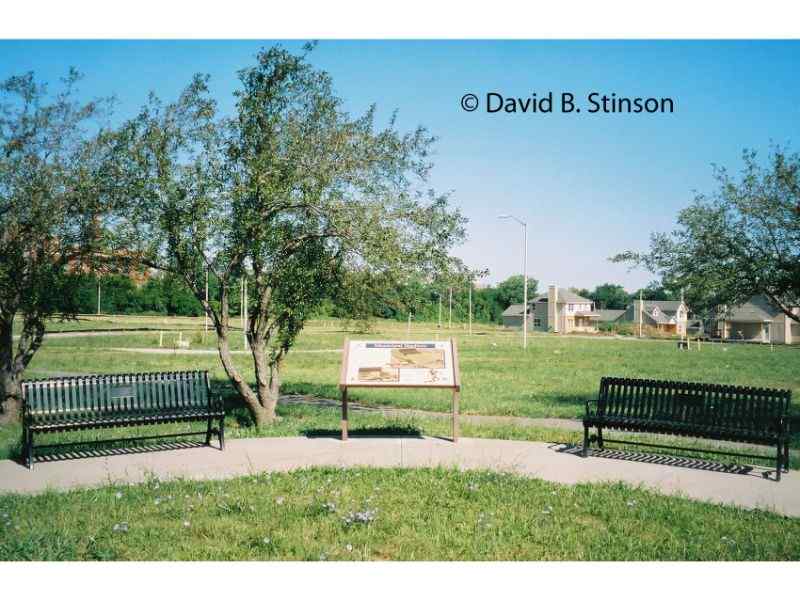
The actual ballpark site is now a residential community with single family housing.
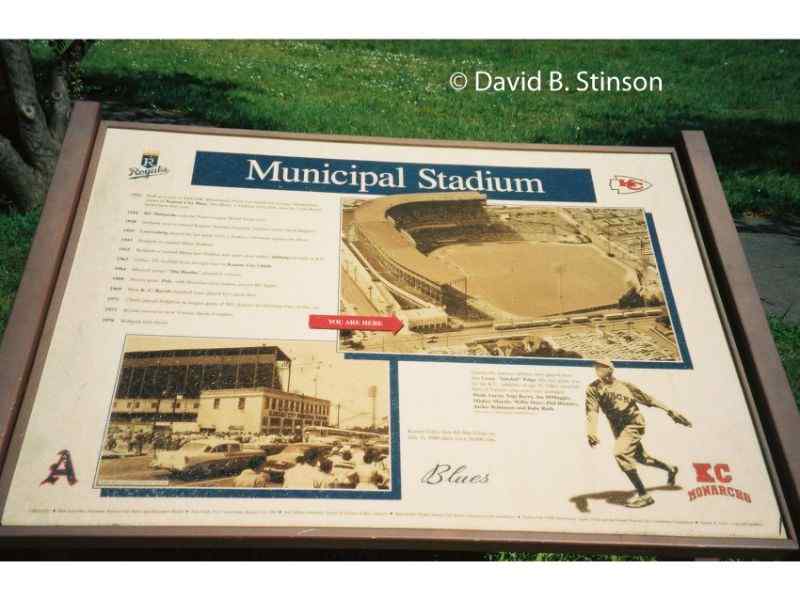
Municipal Stadium’s right field ran parallel to Brooklyn Avenue.
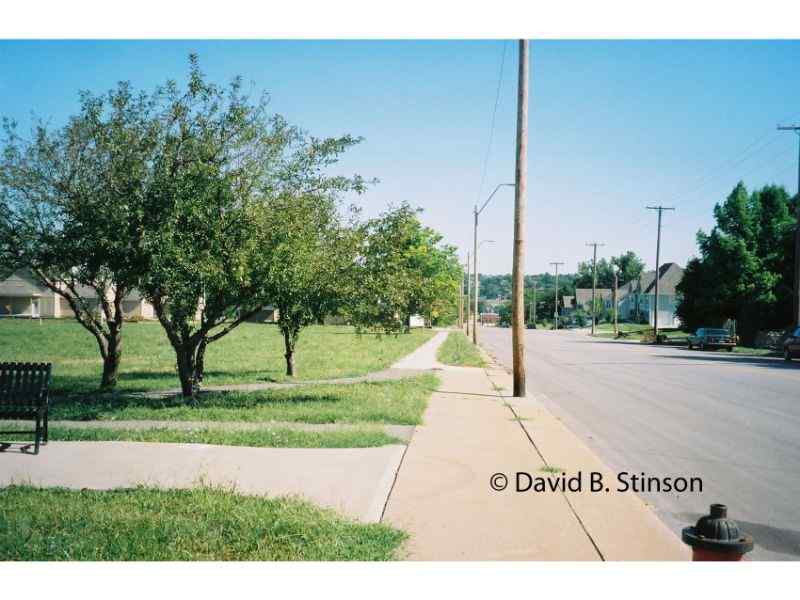
The first base line ran parallel to 22nd Street.
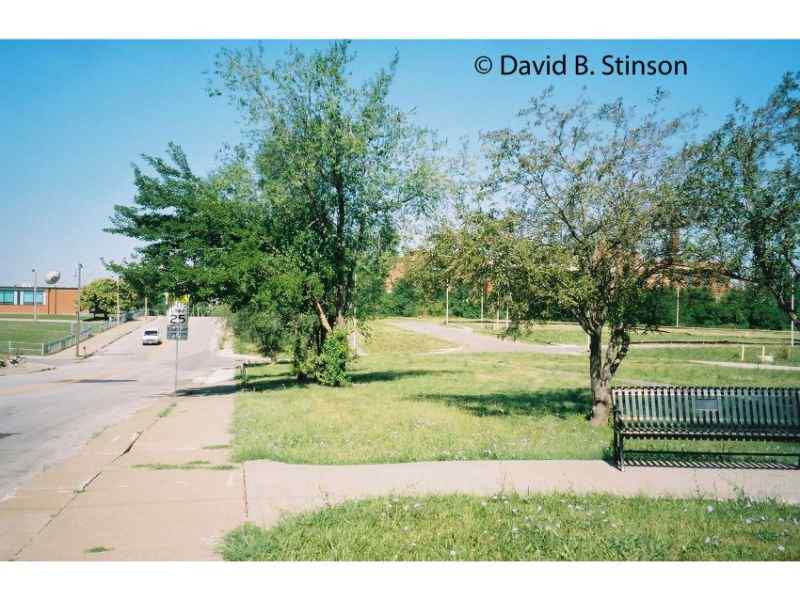
Several buildings that date back to the time of Municipal Stadium remain at the site, including a distinctive red brick, two story home that sits directly across the street from what was once the right field entrance to Municipal Stadium.

Two other buildings of note are the Lincoln College Preparatory Academy at 2111 Woodland Avenue which sits just behind what was once the third base grandstand, and Lincoln Junior High School on 23rd Street, the back side of which sits across the street from what was once the first base grandstand.
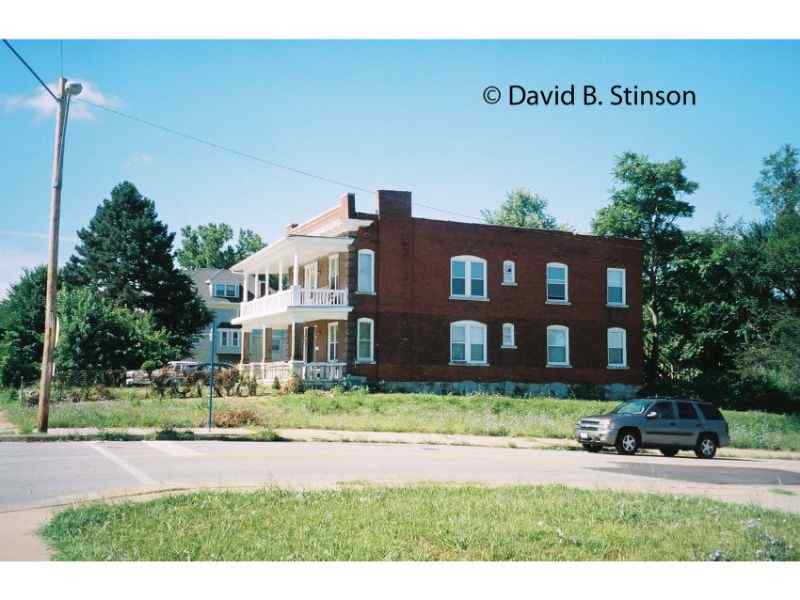
The Negro League Baseball Museum at 1616 East 18th Street in Kansas City is located less than a mile northeast of the former site of Municipal Stadium. In addition to telling the history of the Negro Leagues, the museum includes several artifacts from the ballpark. For people visiting the museum, a stop at the intersection of 22nd Street and Brooklyn Avenue to see where the game once was played is a must.
